Dancing with Words: A Symphony of Writing Forms
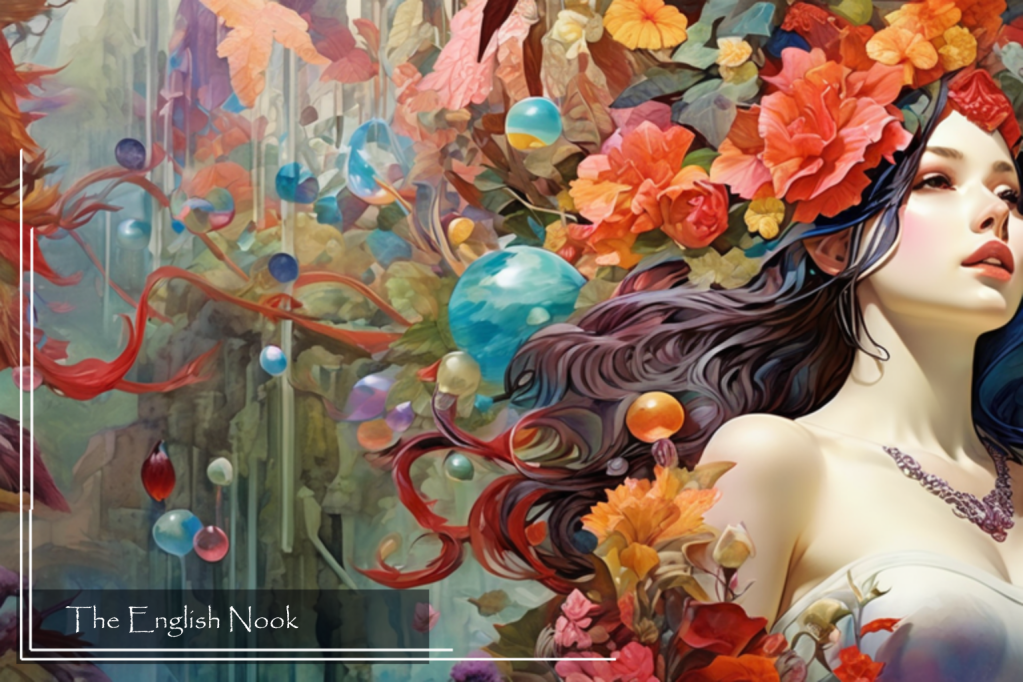
In the realm of language, writing forms are the vibrant strokes that paint the canvas of expression, allowing writers to create worlds, weave tales, and evoke emotions. Each writing form is a unique dance, offering storytellers a diverse array of steps to choreograph their literary masterpieces. Let’s embark on a whimsical journey through the enchanting world of different writing forms, where creativity knows no bounds.
1. The Enigmatic World of Novels:
Novels are the grand orchestras of literature, sprawling across hundreds of pages, inviting readers to immerse themselves in intricate plots and multifaceted characters. They are the magnum opuses of storytelling, providing ample room for exploration, character development, and the unfolding of epic narratives. Whether it’s the timeless classics of Dickens or the contemporary sagas of fantasy realms, novels are an enchanting voyage into the depths of imagination.
The beauty of novels lies in their ability to captivate readers for an extended duration, creating a bond that evolves over the course of chapters and volumes. From romance to mystery, science fiction to historical drama, novels are kaleidoscopes of genres, ensuring there’s a literary haven for every reader’s taste.
2. The Art of Short Stories:
In the world of literature, short stories are the swift and nimble dancers, weaving tales with brevity and impact. Like fleeting glimpses into another world, short stories master the art of conciseness, packing a punch of emotion, surprise, or reflection in a compact narrative. Writers revel in the challenge of conveying depth and resonance within a limited word count, creating a microcosm of storytelling brilliance.
Short stories are the perfect companions for moments when time is of the essence but the craving for narrative satisfaction is insatiable. Anthologies of short stories are literary treasure troves, showcasing the versatility of storytelling voices and the kaleidoscope of emotions that can be captured in a few succinct pages.
3. The Magical Realm of Fairy Tales:
Enter the enchanting world of fairy tales, where magic, whimsy, and moral lessons intertwine in narratives that stand the test of time. From the Brothers Grimm to Hans Christian Andersen, fairy tales have been the timeless vessels carrying fantastical adventures and ageless wisdom. These narratives transport readers to realms where frogs transform into princes, and wishes are granted by benevolent fairies.
Fairy tales are not just stories; they are cultural touchstones, conveying societal values and timeless truths through the guise of enchanting narratives. The enduring popularity of fairy tales lies in their ability to transcend generations, captivating the young and the young at heart with tales of wonder and transformation.
4. The Playful Universe of Poetry:
Poetry is the dance of words set to the rhythm of emotion, where language transcends the ordinary to become an art form. From sonnets to free verse, haikus to epics, poetry embraces diverse structures and styles, inviting writers to experiment with language in ways that resonate with the heart and soul.
The brevity of a poem can encapsulate the essence of a moment, while an epic poem can narrate the saga of civilizations. Poetry is the language of emotions, where metaphors and imagery intertwine to create a visceral experience for the reader. It’s the canvas where writers paint with emotions, using words as their vibrant palette.
5. The Intrigue of Mystery and Suspense:
Mystery and suspense writing forms are the clandestine affairs of literature, enticing readers with enigmatic plots, elusive characters, and unexpected twists. Whether it’s a classic whodunit or a psychological thriller, these genres are the literary detectives, leading readers through labyrinthine narratives where secrets are unveiled with each turn of the page.
Authors in the realm of mystery and suspense are architects of tension and architects of surprise. They construct narratives where the journey is as enthralling as the destination, keeping readers on the edge of their seats and urging them to unravel the intricacies of the plot.
In Conclusion:
Writing forms are the kaleidoscopic expressions of the human imagination, offering a spectrum of styles and tones for storytellers to explore. From the expansive realms of novels to the concise allure of short stories, the whimsy of fairy tales to the rhythmic dance of poetry, and the enigmatic allure of mystery and suspense, each writing form contributes to the symphony of literary expression. Writers, like dancers, select their preferred style and choreograph narratives that resonate with the hearts and minds of readers, creating an everlasting tapestry of stories that transcend time and space. So, let the dance of words continue, and may writers waltz, tango, and pirouette through the endless possibilities of storytelling.
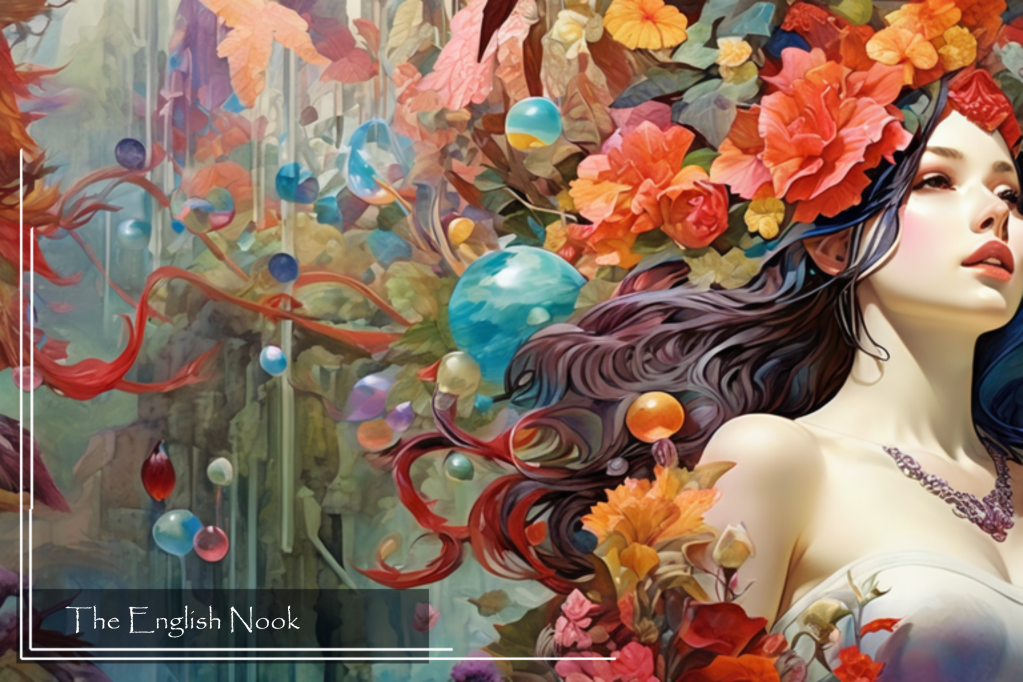
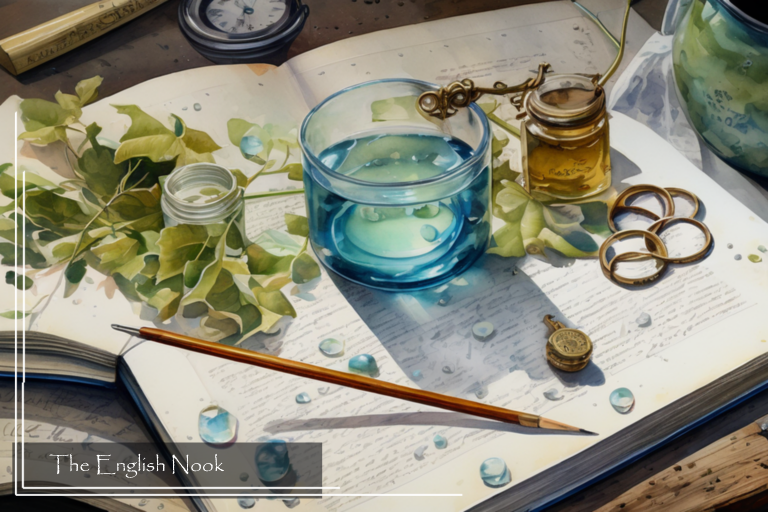
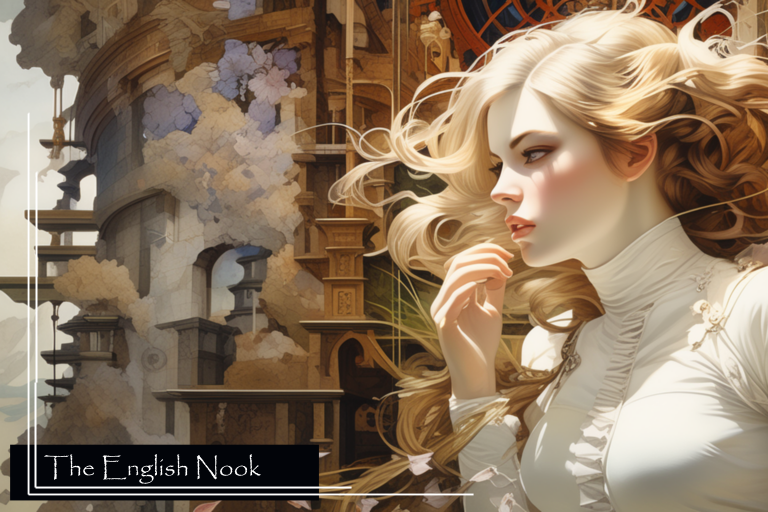
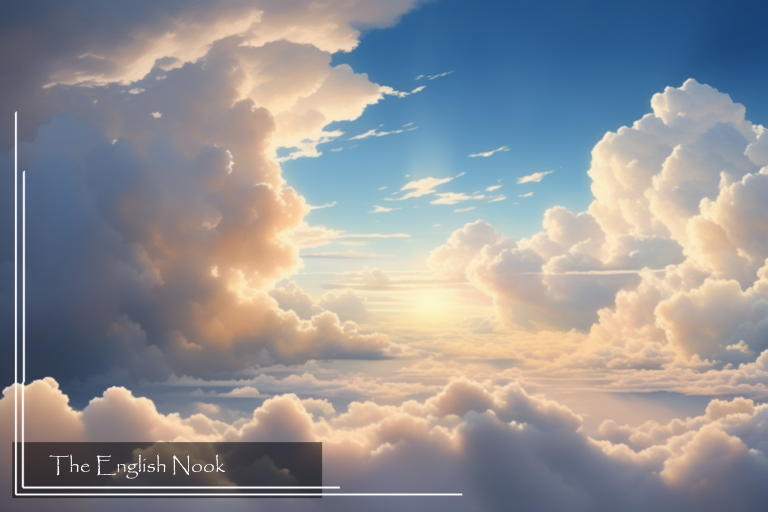
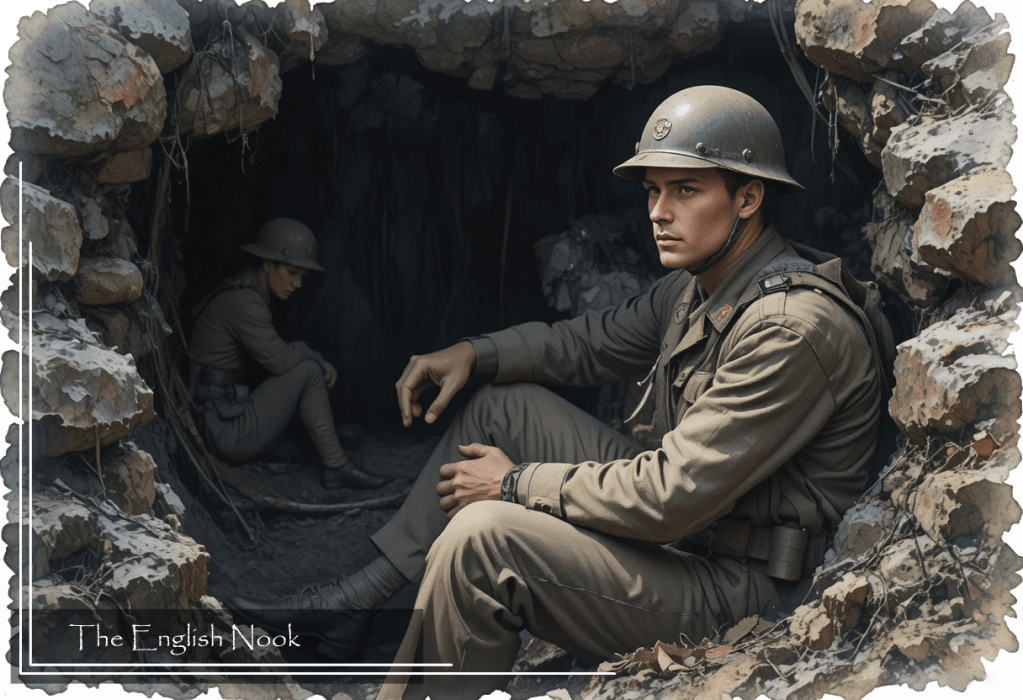
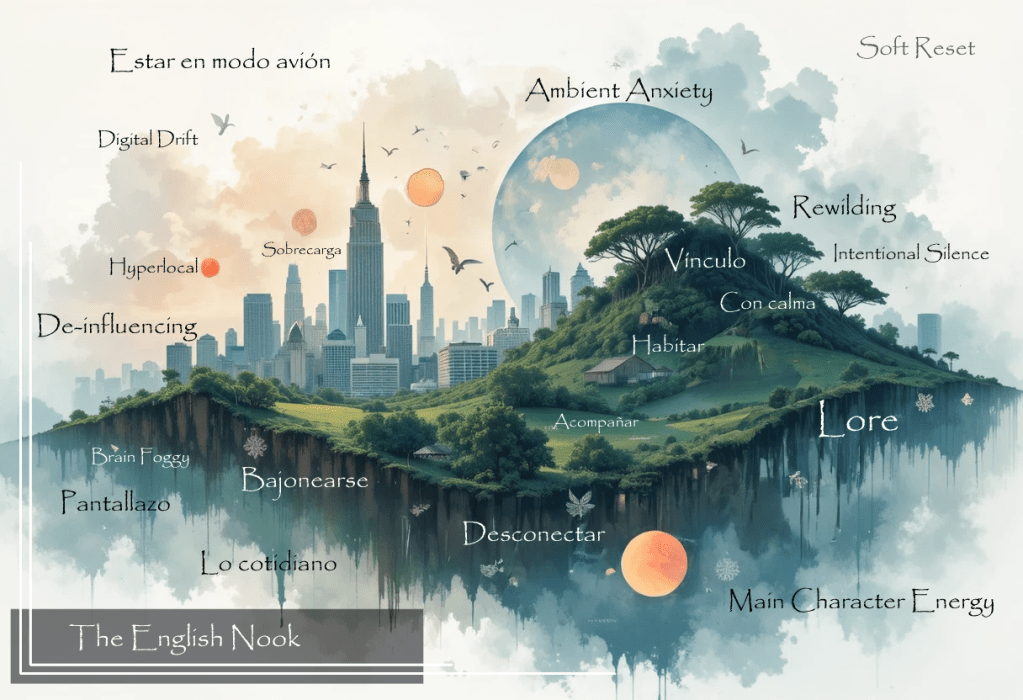


Leave a comment